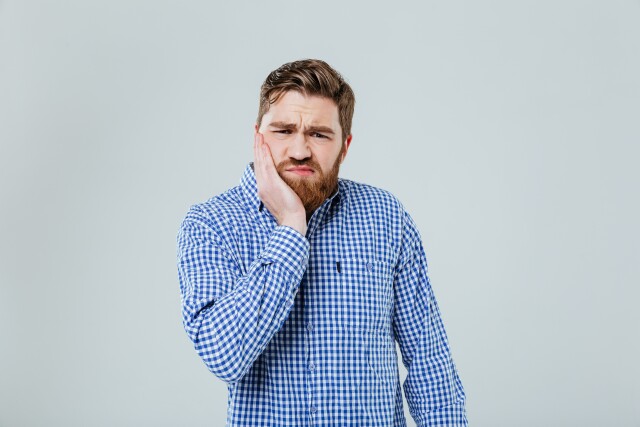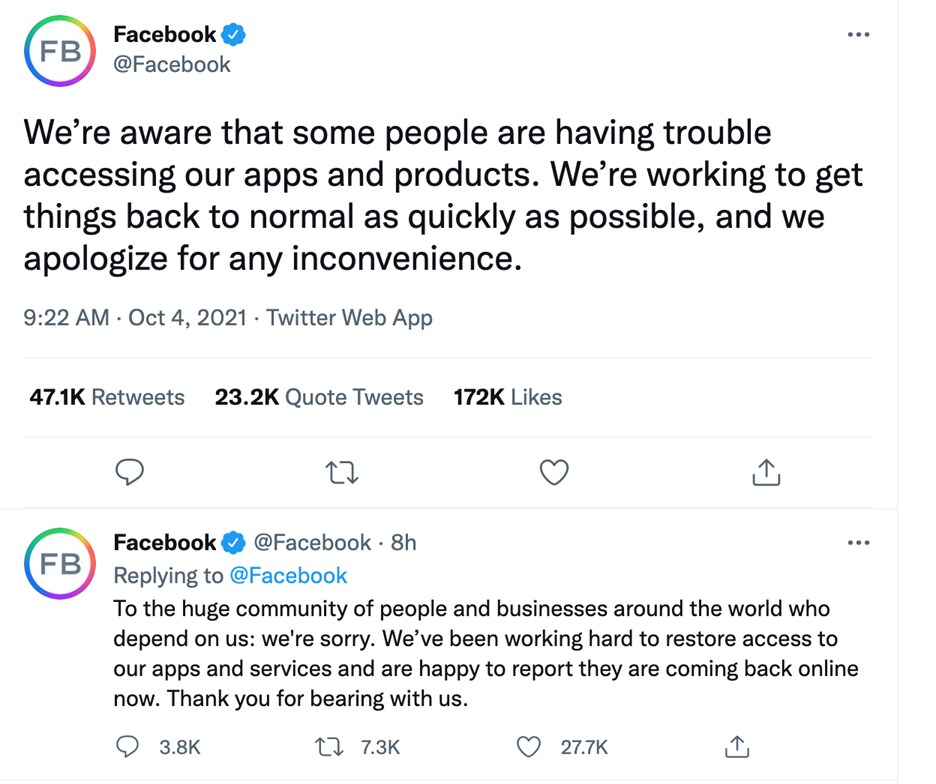FANG Just Lost A Few Teeth

Welcome to TechNext, a weekly column written by Gabe Greenberg, CEO of Octillion and GABBCON. TechNext covers what's happening and what's next at the intersection of tech and media.
Facebook, Twitter and Google as well as other large platforms have long been under scrutiny by the ad industry and the federal government for issues from influencing the election and grading their own homework to questions surrounding data security, brand safety and misleading advertisers.
Despite all of the claims of fraud, misuse of data, violations of brand safety, claims of violations of the U.S. Constitution or claims that their insiders may have impacted election results, Facebook and the group continue to avoid material decrease in spend by brands and agencies. In fact, Facebook -- thanks to brands and agencies who themselves vote with their investments -- have helped the social network to achieve value of over $1TN.
To what end?
The network and its photo sharing app Instagram this week experienced a six-hour outage. Ironically, the outage was reported by Facebook on Twitter (see photo).

Some wonder if this outage was a result of claims made against the Facebook this week that could finally impact the bottom line of the social network and move the industry to consider change.
A 60 Minutes interview with whistleblower Frances Haugen indicated that Facebook is aware of its impact on feeding hate and divisive behavior. She said that while they made temporary changes during the election cycle, these controls were turned off after the election, claiming the social network was "choosing growth over safety."
The whistleblower also said Facebook is aware that Instagram is toxic for young girls and aware it is impacting their mental health. The content makes young girls more depressed.
The incentives for the network are misaligned, Haugen said. This is of course not a surprise. The feeling of self-loathing of young women and the discourse and hate creates more impressions, and those impressions create ad revenue growth in return. Eyeballs = revenue … period.
Facebook responded to the claims made in the 60 Minutes report, but their response seems to me to be much of the same. They likely expect that this issue, like most other potentially company ending issues (if they were not the size they are) will get wiped under the rug and go away -- and that advertisers will have a short hangover but then return and vote with their checkbook. Only time will tell.
Twitter, Google and Facebook especially have benefited from erosion in viewership and readership in traditional media (print, OOH and TV), especially in the past several years. Growing their user base in what many might argue are not brand-friendly nor brand-safe ways, and adding addressability and measurability, has fueled the growth. Afterall, ad revenue follows the eyeballs and accountability in most cases.
Issues surrounding brand safety and others like it will only increase. The fact that most agencies and large brands have a "brand safety officer" in my mind indicates a larger issue at hand.
What do we do now? We have large investments in these platforms because this is where we need to invest, right?
Well …. no. Not really.
The writing was on the wall long before this new report. Despite all the warning signs and continued reports where advertisers and agencies have threatened change, we have all done what was easy -- go back to where we believe the eyeballs are. During my tenure in marketing at Microsoft, I too was guilty of this.
It is time to rethink our approach. Rethink what we believe is brand safe and, yes, follow the consumer.
One of the positives of the pandemic shutdown was a material shift in consumer behavior. This coupled with improvements in technology surrounding frequency management, brand safety and fraud controls as well as attribution solutions that rival those of traditional digital (or are arguably stronger and more believable) should be a signal for change.
The shifts in behavior have fueled record growth of viewership and listening for streaming audio and TV (or CTV). In fact, platforms from ViacomCBS, Disney, WarnerMedia and others hit growth numbers not expected for 5+ years in less than one.
These mediums along with others like Digital Out of Home (DOOH) have spent the downtime improving tech, targeting and accountability.
With the scale, targeting, measurement, accountability and brand safety measures in place, now is the time to vote with our checkbooks and force some real change. Who would ever have thought that we would move from digital back to new and improved traditional, tried-and-true media like OOH, TV and radio? Here we are ... and the time is now for change.
Click the social buttons to share this story with colleagues and friends.
The opinions expressed here are the author's views and do not necessarily represent the views of MediaVillage.com/MyersBizNet.


